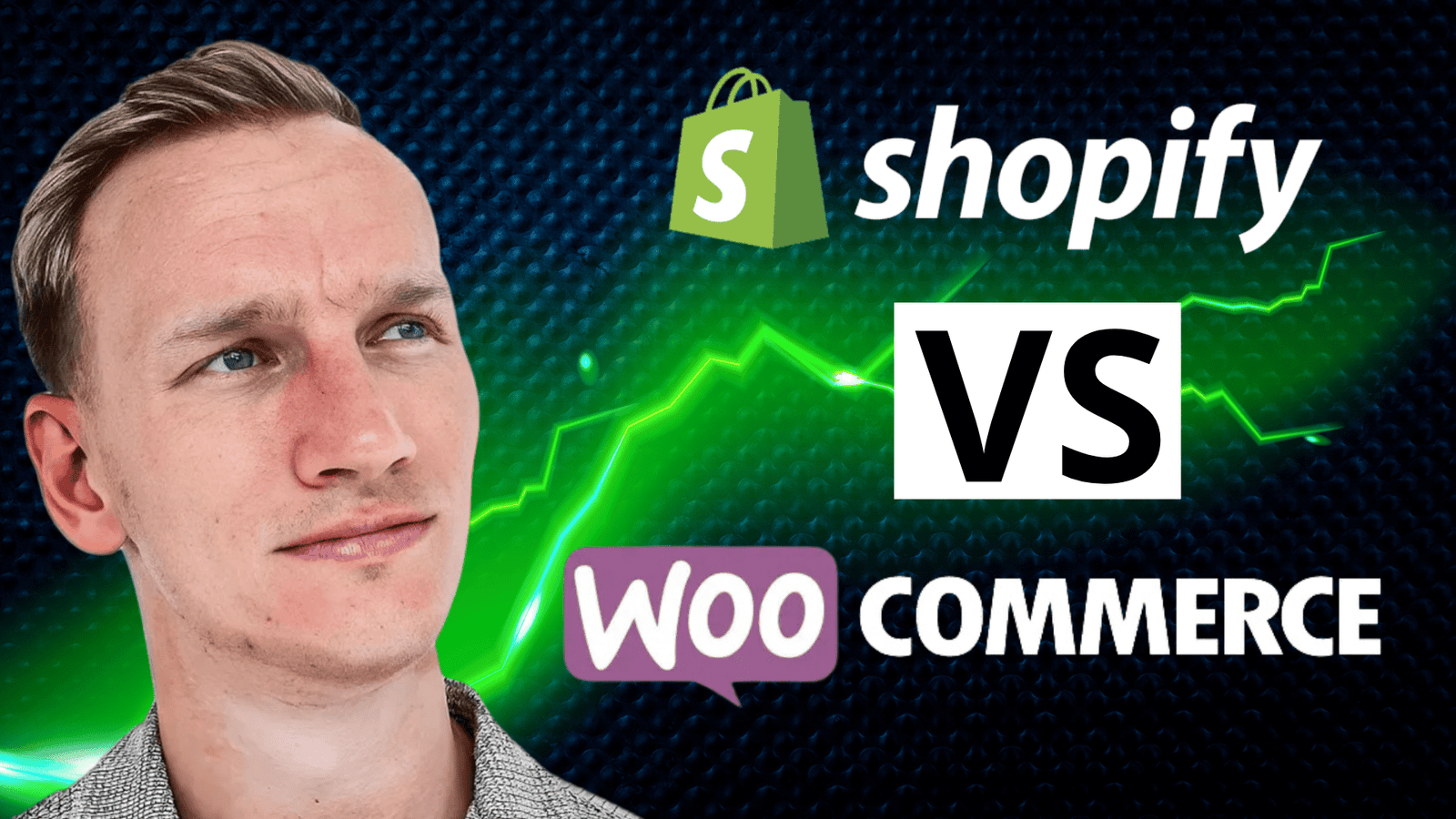E-commerce is booming. Choosing the right platform for your store is like picking the best recipe in a crowded cookbook. Shopify and WooCommerce are two heavyweights. Each has a unique flavor for different entrepreneurs. But which one should you choose? Let’s compare side-by-side. It will help you create a winning e-commerce strategy.
1. Introduction to Shopify and WooCommerce
1.1 Overview of the Platforms and Their Unique Selling Points
Shopify is like a pre-assembled kit – it’s ready to go, easy to use, and designed for speed. It’s a hosted platform. It handles hosting, updates, and security. You can focus on selling.
WooCommerce, on the other hand, is a WordPress plugin. It is open-source. It offers unmatched flexibility. It’s like a blank canvas. It lets tech-savvy users customize their store.
With Shopify, you get simplicity and reliability. With WooCommerce, you unlock creative freedom. Let’s dig deeper into their features to see which one aligns better with your goals.
Tip: For insights into maximizing e-commerce profits, check out our guide on How to 10x E-Commerce Profits.
2. Features Comparison: Shopify vs WooCommerce
2.1 Customization
Shopify comes with a variety of pre-designed themes, perfect for non-techies. You can tweak some aspects. But, advanced customization often needs coding or a Shopify expert.
WooCommerce wins in the customization department. Being open-source, it lets you modify every part of your store, from layout to backend functionality. The catch? You’ll need some technical know-how or developer support.
Tip: If you want a store that’s 100% tailored to your vision, WooCommerce is ideal. For a quick, visually appealing setup, Shopify is your best bet.
Want to explore high-converting design ideas? Don’t miss High-Converting Product Pages for Your E-Commerce Brand.
2.2 Usability
Shopify’s easy interface is perfect for beginners. It makes setup a breeze. You don’t need technical expertise to launch and manage your store.
WooCommerce has a steeper learning curve. It integrates with WordPress. So, it requires knowledge of hosting, domains, and WordPress.
Tip: If time is tight, Shopify’s quick process will save you hours. WooCommerce suits those who will invest time in learning.
2.3 Scalability
Shopify scales easily. It has built-in features to support your growth. However, additional costs may come with scaling.
WooCommerce can scale just as well. But, it needs more management for busy stores.
Practical Tip: For fast-growing businesses, use Shopify. For scalability with lower fees, use WooCommerce.
3. Pricing: Shopify vs WooCommerce
3.1 Upfront Costs
Shopify charges a fixed monthly fee, starting at $29/month. It’s predictable, but costs can add up with premium themes and apps.
WooCommerce is free to install. But, you need to budget for hosting, a domain, and premium plugins.
3.2 Subscription Fees
Shopify’s subscription model includes hosting, security, and support. WooCommerce needs separate services. This lets you shop for better prices.
Tip: Want to calculate your expenses? Use our E-Commerce Profit Calculator Sheet.
3.3 Additional Expenses
Both platforms have extra costs for premium themes and add-ons. Shopify apps are often subscription-based. WooCommerce plugins are usually bought once.
Tip: Calculate your total costs upfront. State your needs for themes, plugins, and hosting to avoid surprises.

